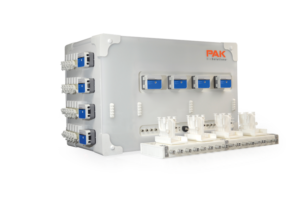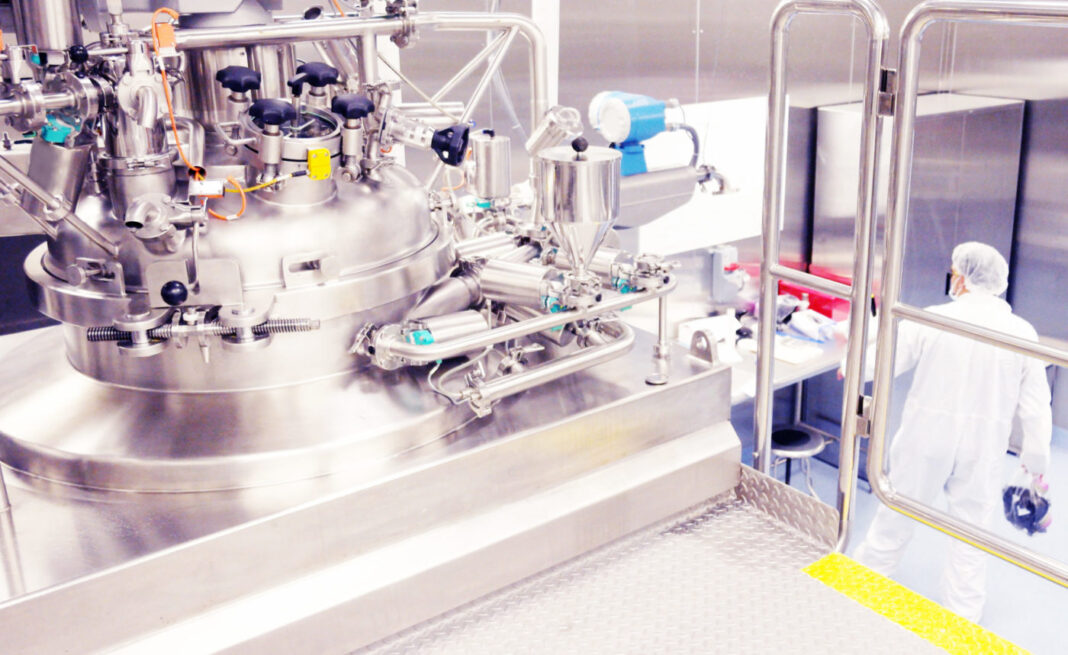Despite all of the talk of continuous bioprocessing, companies could use more tools to consider.
“Once it’s up and running, continuous bioprocessing is easy,” says Joanna Rucker Pezzini, president and founder at PAK BioSolutions, “but getting there can be complicated.”
Although traditional methods allow a biopharmaceutical manufacturer to setup and perform process steps one at a time, continuous methods require everything to work together all at once. PAK BioSolutions plans to make that easier with what it calls “comprehensive solutions for end-to-end continuous manufacture of biopharmaceuticals with increased productivity, lower capital costs and a smaller footprint.”
The company’s first system, the Pilot PAK, performs four purification steps with a single automated system and controls flow from one stage to the next.

Even more, continuous bioprocessing will change this industry—beyond how it has already. “This is a total shift in technology,” Pezzini says. “You don’t need stainless-steel facilities anymore.”
What a bioprocessor does need, though, is an easy way to connect and control various process steps. That’s just what the PAK BioSolutions technology will do, claims Pezzini, adding that it should be available by the end of this year. The key is in the connections. The PAK BioSolutions technology consists of a solid, single-use flow kit that fits any process and turns a series of steps into one continuous flow path.
PAK BioSolutions will come to a bioprocessor’s facility to set up a system. “With the simplicity of the technology, online videos, and ability to communicate with our engineers as-needed, the implementation of a fully integrated continuous process should be easier than ever,” Pezzini explains.
It also can be configured to process 50–500 L of cell culture per day. This kind of flexibility—from simplicity to scale—changes the speed and efficiency of making biotherapeutics, points out Pezzini.
Ultimately, it could also make these treatments more affordable for patients around the world.


